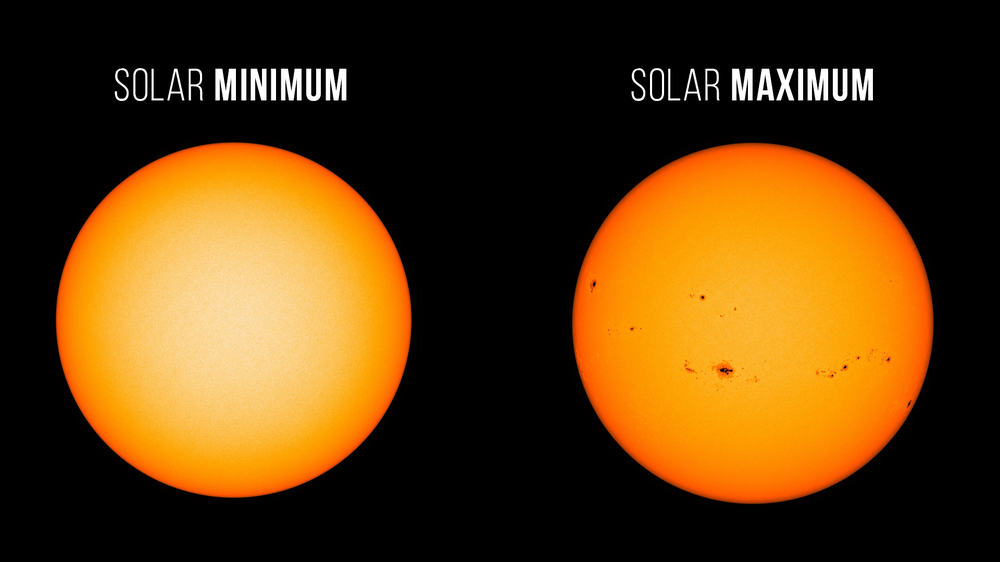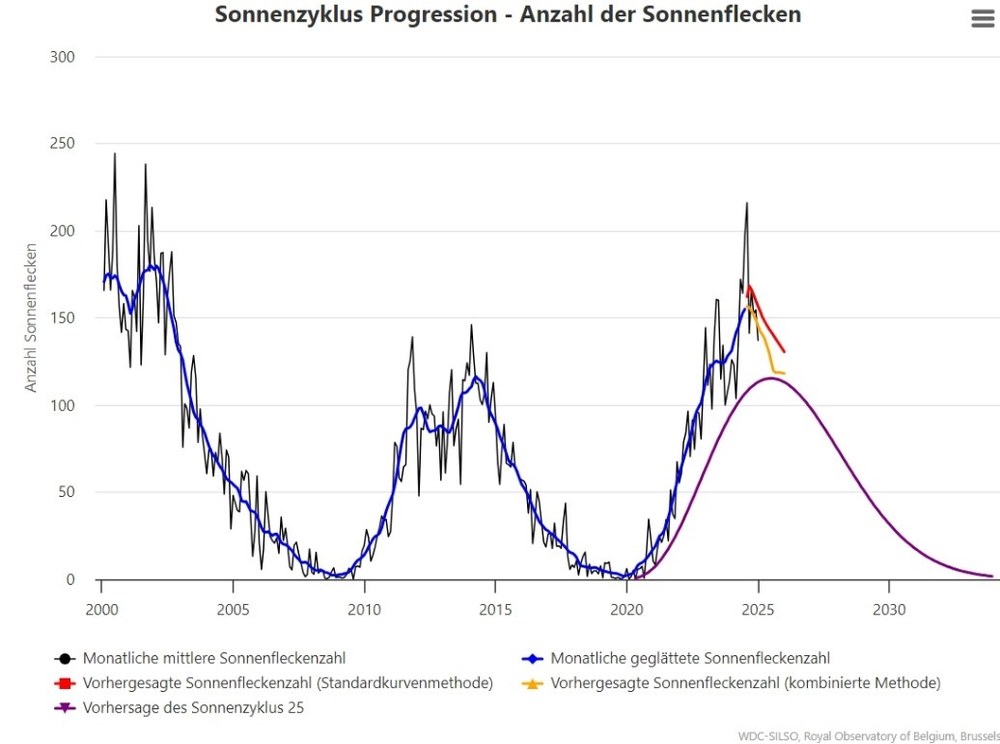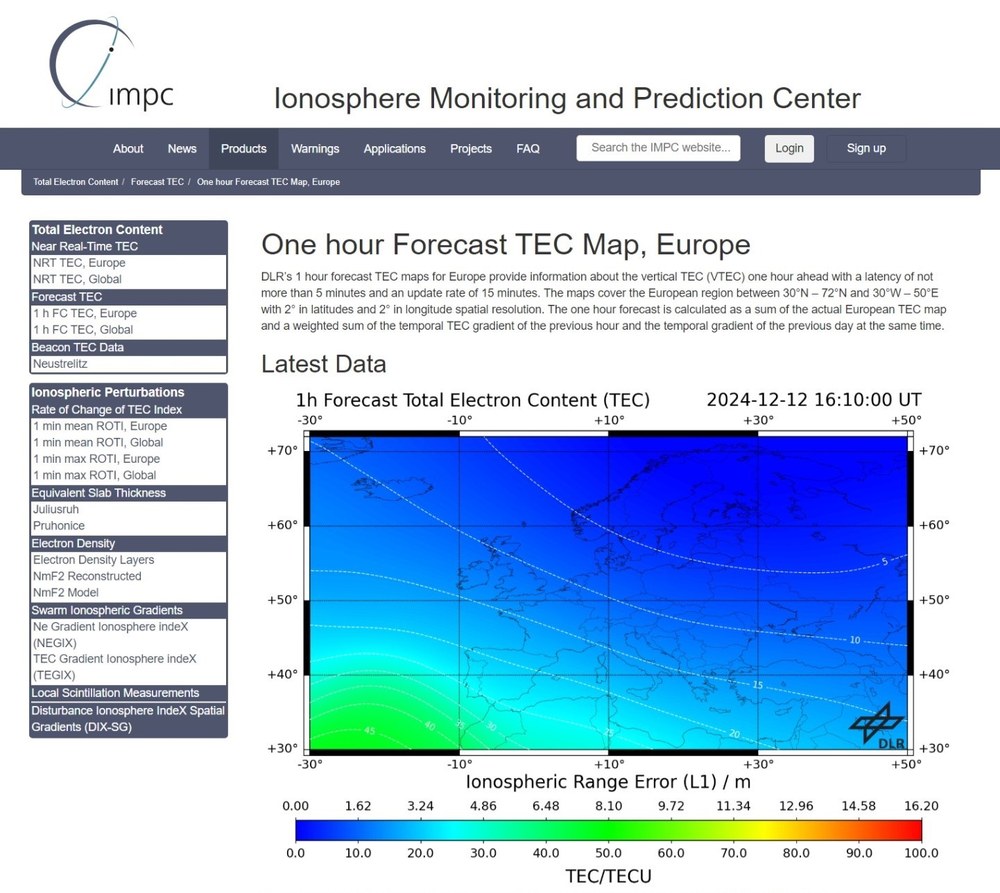Peak space weather – DLR data for reliable satellite navigation


NASA/SDO

SpaceWeatherLive.com
- The current solar cycle is now at its most active.
- DLR's Ionosphere Monitoring and Prediction Center helps assess its impact on satellite navigation.
- The risk of space weather storms remains high.
- A DLR web special on the topic of space weather has now been published.
- Focus: Spaceflight, solar-terrestrial research
In October 2024, NASA and the National Oceanographic and Atmospheric Administration (NOAA) reported that Solar Cycle 25, the latest in a series of cycles recorded since the 18th century, had reached its maximum. This was evident primarily from the number of sunspots (dark spots on the Sun's surface), which has since started to decline slightly. The current cycle has already seen two major events: the Mother's Day Storm in May 2024 and another storm of the highest category five months later, during which auroras were visible over large parts of Germany, the Netherlands, the UK – and even Australia. These events also made some of the potential dangers of space weather apparent, most notably with disruptions to satellite navigation and the devices that rely on it. To mitigate against precisely such problems in the future, the German Aerospace Center (Deutsches Zentrum für Luft- und Raumfahrt; DLR) operates and continues to improve a real-time ionosphere service: the Ionosphere Monitoring and Prediction Center (IMPC).
Ionosphere monitoring at DLR
On their way to Earth, signals from navigation satellites are deflected by the ionosphere – a layer of plasma in the atmosphere at altitudes of approximately 70 to 1000 kilometres. Normally, this interference can be easily corrected, but during a space weather storm the ionosphere becomes highly turbulent, which can lead to positioning errors or even a complete loss of navigation signals. As part of the IMPC, DLR provides users of navigation satellites with a wide range of real-time data and short-term ionosphere forecasts to determine the reliability of position information.

Quo vadis, space weather?
What can we expect for Solar Cycle 25 now that the peak has passed? Quite a bit, if history is any guide. A prime example is the Halloween Storm of 2003, comparable in intensity to the Mother's Day Storm and occurring almost two years after the previous solar maximum. In other words, the occurrence of further space weather events – including auroras over Germany – is by no means impossible and might even be expected. In anticipation of an eventful year of space weather in 2025, DLR has launched a new Topic in Focus – Space Weather. This compact reference section covers all the essential information on solar cycles and storms, the ionosphere, auroras and the various DLR activities aimed at mitigating the dangers and effects of space weather.

